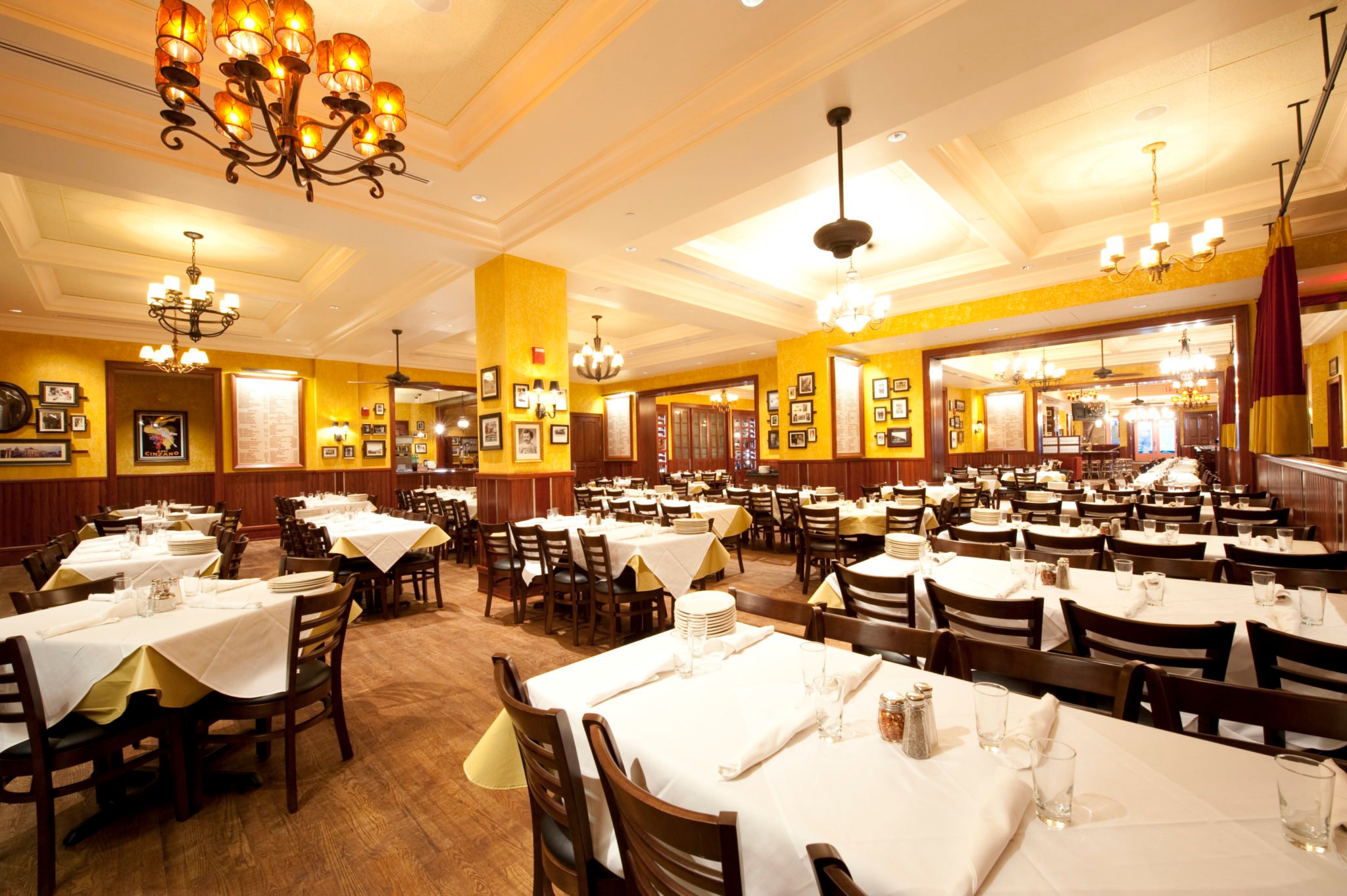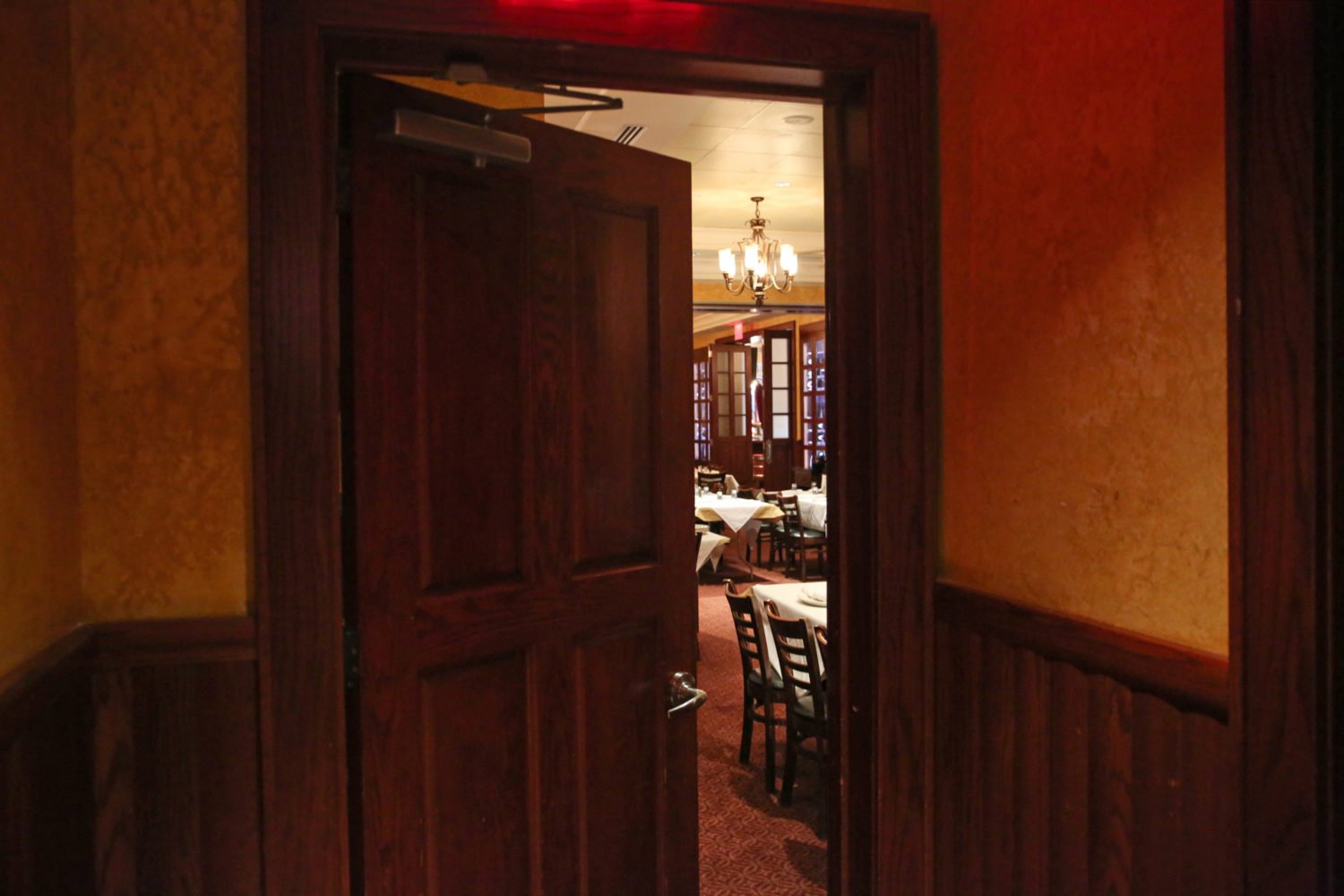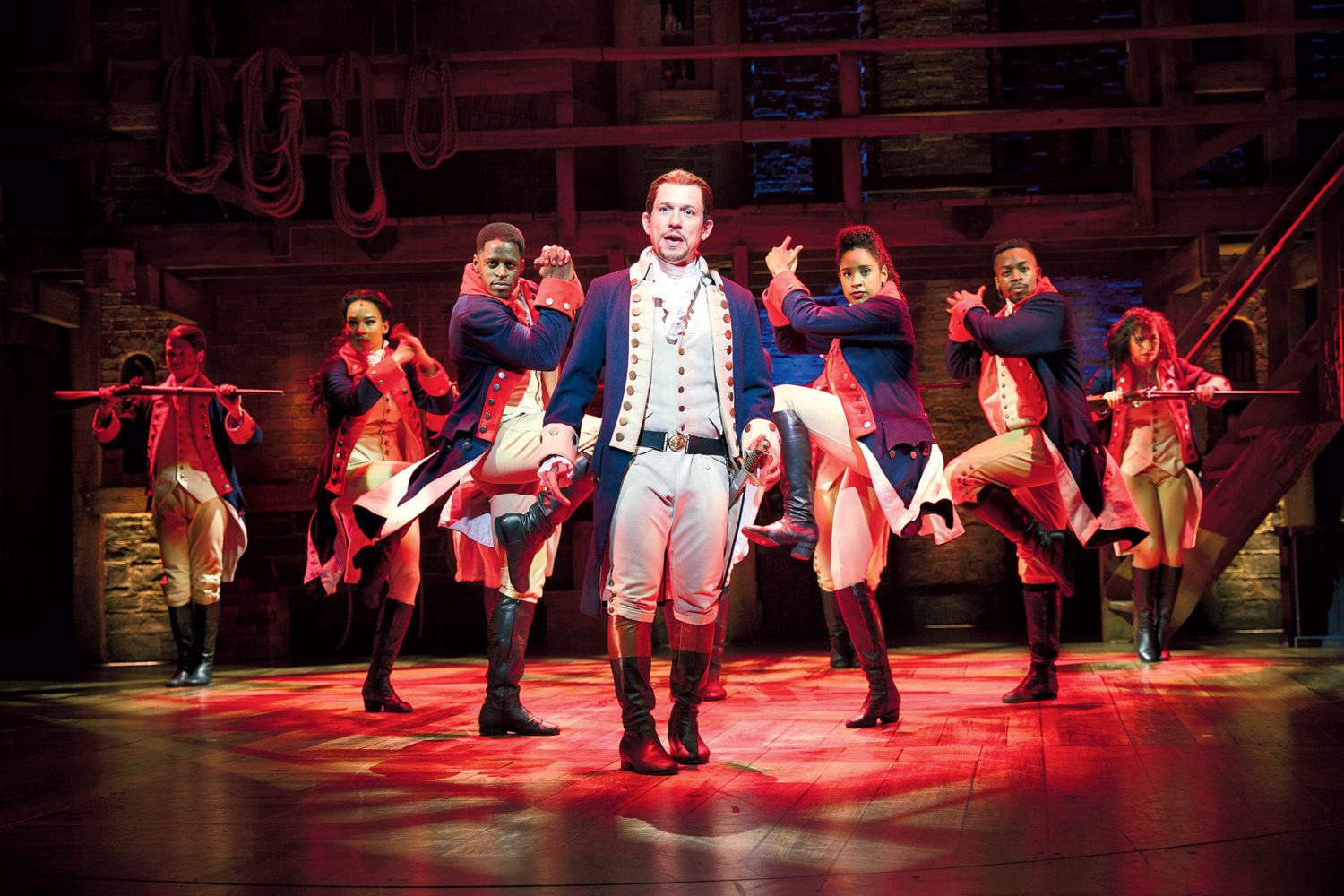When Carmine’s recently reopened its Penn Quarter location after a 15-month pandemic hiatus, it sent out a press release claiming a bold title—”DC’s largest restaurant.” The New York-based Italian-American behemoth boasts 20,000 square-feet, 750 seats, and nine private rooms in a space initially intended for a Balducci’s grocery store.
“We used to joke when we first got there, you know, it’s in DC, but by the time we got to the back of the restaurant, are we in Maryland?” says CEO Jeff Bank.
It’s enormous, no doubt. But is Carmine’s fairly claiming the largest restaurant crown? We immediately launched a formal investigation, pulling city capacity records and comparing square footages.
But to really settle this debate, you need to answer a philosophical question first: what is a restaurant? If you’re looking at establishments that simply have “restaurant” liquor licenses, the winner would be Regal Gallery Place with its max capacity for 3,119. But we can probably all agree that a movie theater is not really a restaurant, even if you consider a tub of popcorn to be dinner. Similarly, World Bank claims one of DC’s largest-capacity restaurant licenses, but cafeterias seems like a fair exemption.
Another top contender is Pinstripes in Georgetown. The “dining & entertainment venue” has a 913-person capacity across 32,000 square feet, although much of that is taken up by bowling alleys and bocce courts. Then there’s Hi-Lawn atop Union Market—”one of DC’s largest, most expansive rooftops for outdoor dining, drinking and safe socializing.” It’s about 20,000 square feet (similar to Carmine’s) with a capacity of 1,040 (larger than Carmine’s), but it shares the space with Union Market and people can bring food from other vendors up there. “I don’t know if I would say ‘restaurant,’ per se,” says co-owner Greg Algie.
A stronger challenger is the Hamilton—part restaurant, part music venue. The Penn Quarter giant is nearly double the size of Carmine’s at 37,000 square feet and 1,358 max capacity. If you subtract the 17,000-square-foot music venue, the Hamilton is about the exact same size as Carmine’s.
“I’m a big fan of Carmine’s. That is a big, beautiful restaurant. I don’t know if it’s bigger than the Hamilton,” says Clyde’s Restaurant Group Director of Operations David Moran. Sure, the Hamilton is classified by the city as a “multipurpose facility” on its liquor license, but Moran makes the case that his establishment deserves the largest restaurant title.
For starters, even the music venue portion of the establishment often serves seated meals. It acted even more like a restaurant than a concert hall during the pandemic; When live performances were banned, the venue offered its full upstairs food menu while screening classic movies. And the real money maker for the space is not actually music, it’s private events. “In the month of December, we actually block off and don’t do concerts knowing that it’s a great private event holiday party season,” Moran says. So, is there a difference between that room and Carmine’s nine private rooms?
The Hamilton isn’t the only hybrid venue that’s bigger than Carmine’s either. City Winery in Ivy City—which also has a concert hall plus winemaking facility—can accommodate 1,200 people across 42,000 square feet. It likewise uses its spaces for private events.
Bank isn’t buying it. Just because a music venue serves food does not make it a restaurant, he argues. “My answer to that would be that I need to add another thousand seats to my restaurant because I serve food to all the apartments in the building above me. If we’re going to include anywhere we serve food, well then, my whole building is contiguous, so let’s restate that my whole space is now 180,000 square feet,” he says. “That means the [Le Pain Quotidien] kiosk in the Union Station train station is now the biggest restaurant because they serve everyone in Union Station. C’mon.”
Bank doubles down that Carmine’s is the largest “true” restaurant. “We’re not a bar. We’re not a nightclub. We don’t do concerts. We don’t do any of that,” he says. “We are a true independent restaurant.”
In that case, perhaps the best apples to apples comparison is Clyde’s of Gallery Place, a mere two blocks away from Carmine’s. Clyde’s is about 4,000-square-feet smaller than Carmine’s, but it has a legal max capacity of 189 people more. Now, here’s where things get stickier: Moran cites the capacity of Clyde’s as much less than the max that’s stated on its license, narrowing the margin significantly. Then you could also consider seating limitations due to staffing shortages, which Bank claims are less of an issue for his restaurant because of the communal-style of service. It’s a nail-biter, for sure.
Bank also has a few more seats in his back pocket: 10 on the sidewalk with more coming soon. Plus, Carmine’s has a back entrance that leads to an alley, where he says he could easily pull off another 50 seats.
“I’m very competitive. I will tent the whole alley just to win this discussion,” Bank says. “I respect that Clyde’s and Hamilton are both a close second.”
This story has been updated to reflect that Bank meant to refer to Union Station, not Union Square train station.















